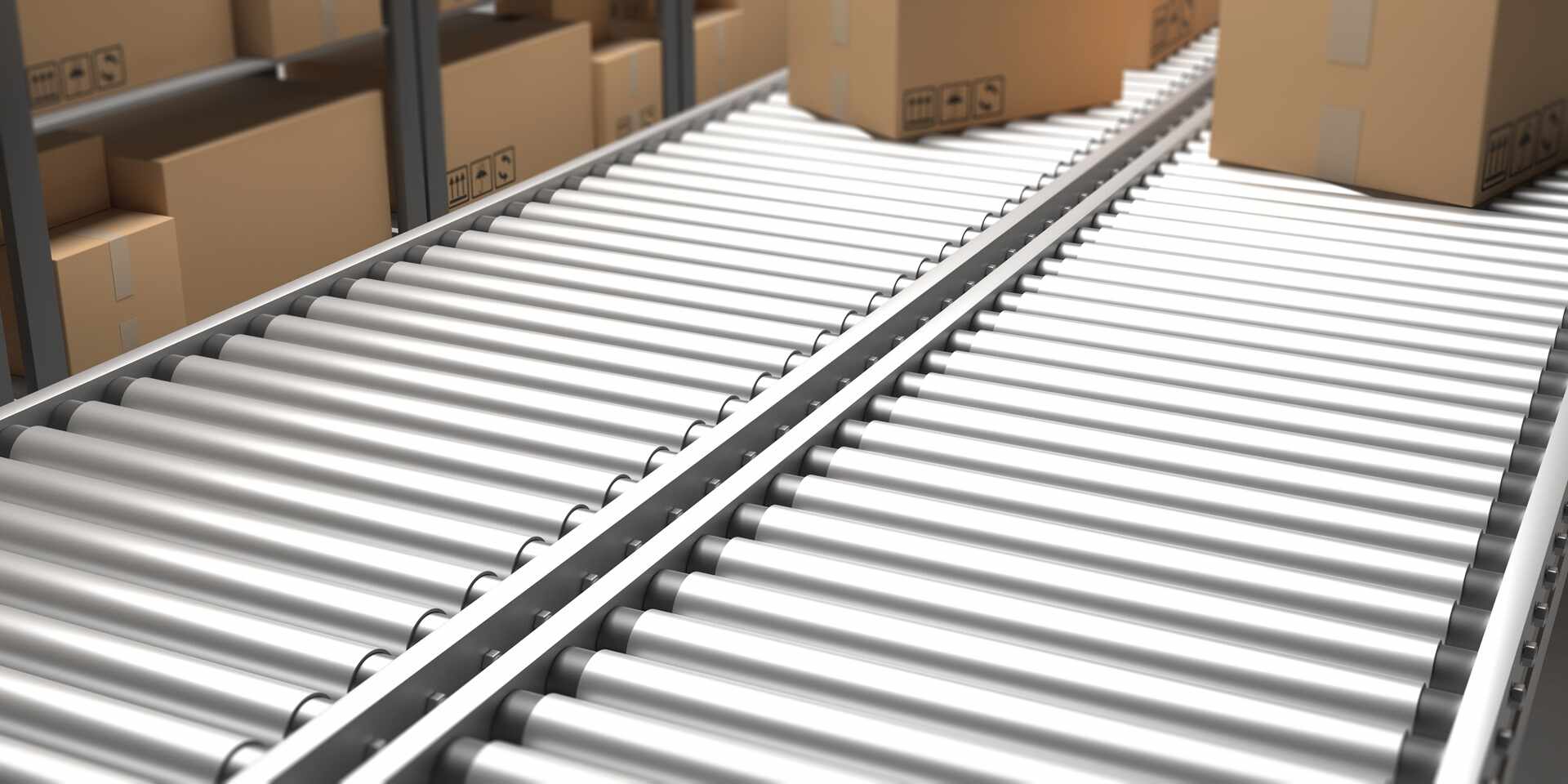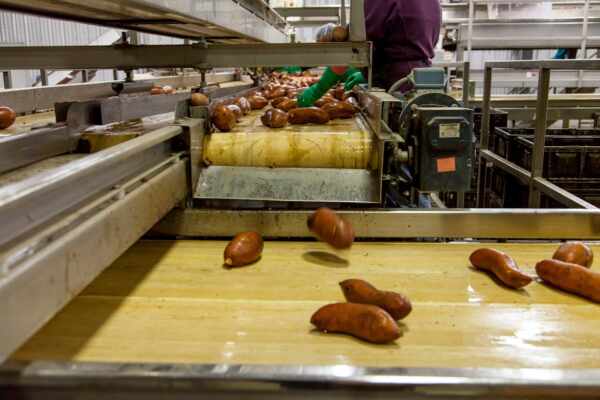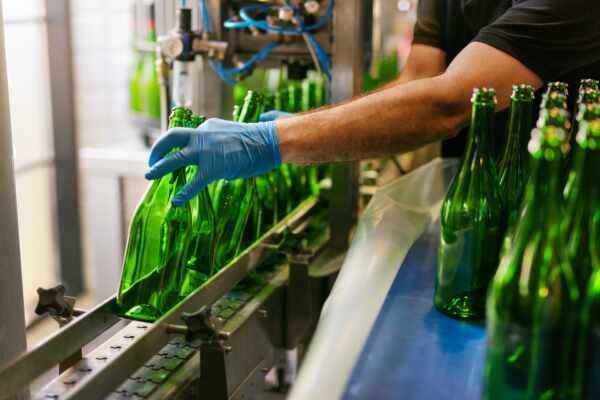A conveyor belt system is the unsung hero of many industries, tirelessly transporting goods and materials to streamline production processes. To maintain these crucial systems’ efficiency, longevity, and reliability, it’s essential to invest in regular conveyor belt maintenance. When properly cared for, conveyor belts can serve your facility for many years, providing a consistent and reliable means of transport while optimising your overall productivity.
From identifying potential issues during inspections to understanding the importance of regular belt cleaning, we will cover a range of essential maintenance tasks that underpin the seamless functioning of your conveyor belt system. Our practical advice and guidance are designed to support you in developing a disciplined maintenance routine that allows your conveyor belt system to operate at its peak performance, facilitating a productive and efficient production line.
Join us as we delve into the world of conveyor belt maintenance, providing you with actionable tips and expert advice that will help you maintain your facility’s most vital asset – your conveyor belt system. With this knowledge in hand, you can confidently care for your system, ensuring that it remains a reliable, productive, and long-lasting contributor to your business operations.
Regular System Inspections
To maintain the efficiency and longevity of your conveyor belt system, consistent inspections are critical in identifying and addressing any potential issues. We recommend scheduling routine inspections, ideally on a weekly or monthly basis, depending on your facility’s demands and the specific requirements of your system.
- During inspections, check for signs of wear or damage, such as belt fraying, cuts, or misalignment. Promptly address any issues to prevent further complications and maintain optimum performance.
- Monitor motor performance and listen for any irregular noises or vibrations, which can indicate underlying issues requiring intervention.
- Ensure the correct tension of your conveyor belt to promote smooth operation. Excessive tension can wear on system components, whereas insufficient tension can lead to belt slippage.
Routine Belt Cleaning
Regularly cleaning your conveyor belt is crucial in maintaining its efficiency and prolonging its lifespan. Build-up of dirt, debris, and product residue can lead to belt performance issues, and in some industries, create hygiene or safety hazards.
- Employ different cleaning techniques based on belt material and your facility’s specific needs. Use gentle cleaning agents and non-abrasive tools for delicate belts, and more robust cleaning methods for heavy-duty systems.
- For industrious environments, consider investing in automated belt cleaning systems, which can continuously clean the conveyor belt during operation, reducing maintenance downtime and promoting a consistently clean work surface.
- After cleaning, ensure the belt is thoroughly dried to prevent the development of rust or corrosion, particularly in metal belting systems.
Lubrication and Component Maintenance
Another essential aspect of conveyor belt maintenance is the lubrication and upkeep of various system components. Keeping moving parts well-lubricated reduces friction, wear, and promotes smooth operation, contributing to the overall efficiency and longevity of your conveyor belt system.
- Regularly lubricate bearings, pulleys, and other moving parts, following the manufacturer’s guidelines for lubricant type, frequency, and quantity.
- Routinely inspect system components such as rollers and pulleys for signs of wear or damage and replace parts as needed to maintain optimal performance.
Proactive Preventative Measures
Taking proactive preventative measures can aid in the overall longevity, efficiency, and reliability of your conveyor belt system. Establishing regular maintenance routines and addressing potential issues early can save significant time, effort, and costs associated with system downtime and repairs.
- Train facility staff in proper conveyor belt system usage, care, and maintenance techniques. Providing employees with a comprehensive understanding of their role in conveyor belt upkeep can contribute to more effective system care and early identification of potential issues.
- Regularly review and update your maintenance processes and routines, incorporating new best practices or adjusting based on observed system performance or changes in your facility’s requirements.
The Benefits of Investing in Conveyor Belt System Maintenance
Maximised System Lifespan
A well-maintained conveyor belt system has a longer lifespan, ensuring that your facility receives a maximum return on investment. Routine inspections, cleaning, and upkeep along with addressing minor issues before they escalate can significantly contribute to extending the system’s service life.
Improved Efficiency and Productivity
Consistent maintenance and proactive measures contribute to increases in efficiency and productivity. A well-functioning conveyor belt system allows your facility to operate with minimal downtime, reducing disruptions to your workflow and promoting overall output.
Reduced Downtime and Repair Costs
Investing time and resources in regular conveyor belt system maintenance can help minimise downtime and the need for costly repairs. By identifying and addressing potential issues early, you can prevent more severe problems and avoid the adverse effects of prolonged system downtime on your facility’s productivity.
Embracing a Proactive Approach to Conveyor Belt System Maintenance
Proper conveyor belt maintenance is crucial for maximising the performance, efficiency, and lifespan of your conveyor belt system. By implementing a consistent inspection, cleaning, and maintenance routine, you can mitigate the potential for unexpected failures and costly downtime in your facility.
Adopting a proactive approach to conveyor belt system maintenance ultimately contributes to the long-term success of your facility. By investing with Change Parts Pty Ltd in ongoing upkeep and care, you can ensure that your conveyor belt system continues to serve as an essential asset, promoting efficiency, productivity, and profitability in your organisation.




